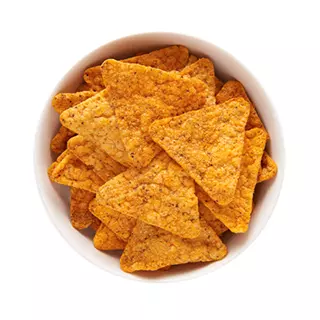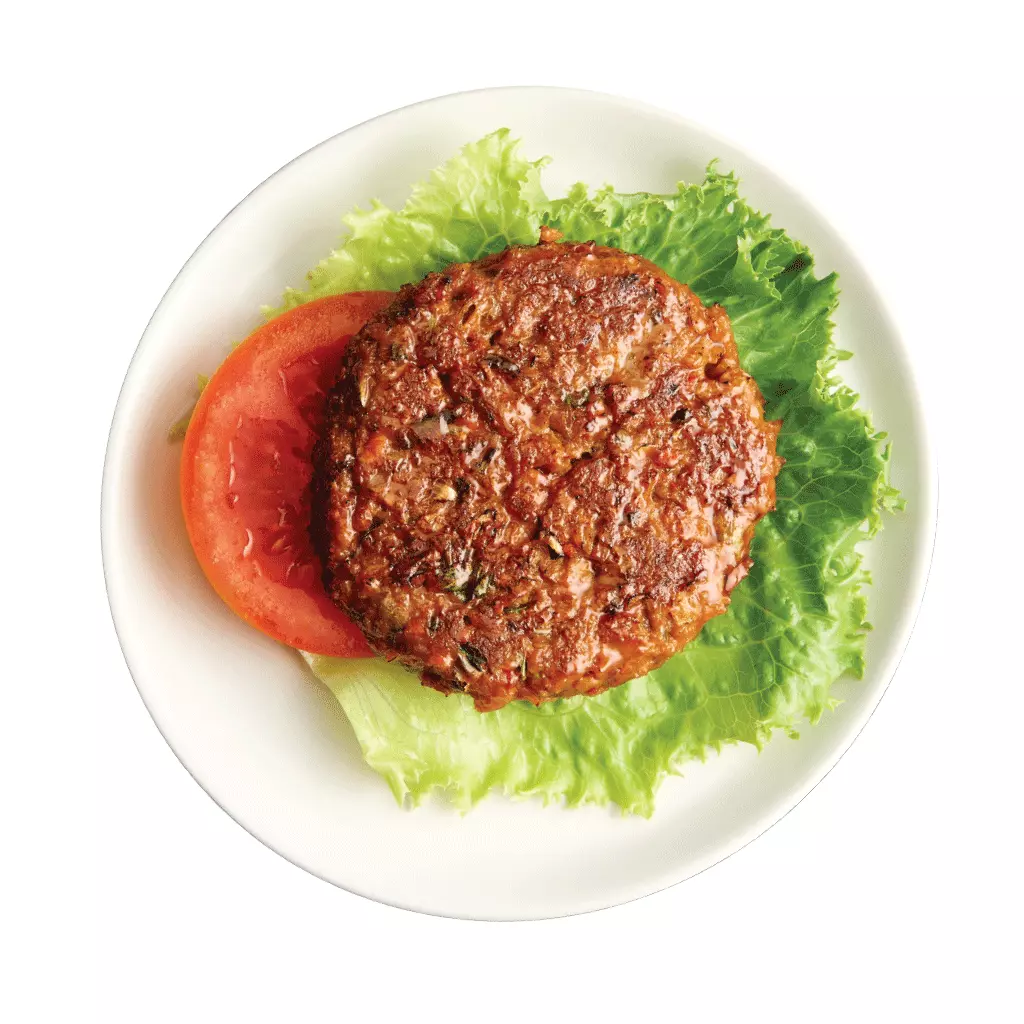Welcome to our guide on how your diet can synergistically work with Semaglutide medications to enhance your health, especially in the context of diabetes and weight management. Semaglutides, known under brand names like Ozempic, Rybelsus, and Wegovy, is increasingly popular for its effectiveness in blood sugar regulation and weight management. However, its full potential is best realized when paired with a well-planned diet.
This guide is tailored for those either starting on a semaglutide treatment plan or looking to optimize their current regimen and be prepared for maintence post medication. We will delve into the specifics of semaglutide mechanism in the body and the importance of aligning your dietary habits with this medication and will also give examples of balanced meals.
Understanding the interplay between semaglutide and nutrition is crucial. The right food choices can significantly boost the efficacy of your treatment, aiding in better blood sugar control and overall health improvement. As we journey through this guide, we will uncover the dietary strategies that complement semaglutide therapy, helping you maximize its benefits and navigate your path toward better health with confidence and knowledge.
Importance of Building Healthy Dietary Habits While on Semaglutide for Post Medication Maintenance
The role of diet while on Semaglutide is pivotal, not just for weight loss during the course of the medication but also for maintaining these results post-therapy. Semaglutide effectively regulates appetite and blood sugar levels, acting as a supportive tool in weight management. However, its benefits are significantly amplified when coupled with a balanced diet. Choosing foods that are nutrient-rich yet low in calories, like lean proteins, fiber-packed vegetables, and whole grains, is crucial. These foods help in reducing overall calorie intake by promoting satiety, without compromising on nutritional value, thereby aiding in weight loss.
Beyond the duration of semaglutide treatment, the dietary habits developed while on the medication play a critical role in weight maintenance. Adopting a lifestyle that includes balanced eating habits is key to sustaining weight loss. This includes mindful choices about what to eat, controlling portion sizes, and establishing regular meal patterns. Consistent eating habits help to avoid overeating by preventing extreme hunger, while portion control ensures a healthy balance of calories.
Moreover, an understanding of the glycemic index of foods and prioritizing those with a lower index is essential. Low-GI foods lead to more stable blood sugar levels and prolonged energy, which helps manage cravings and reduce binge eating.
Ultimately, while semaglutide provides pharmacological support, the foundation of successful weight loss and its maintenance lies in these healthy dietary habits. The transition off semaglutide becomes an opportunity to continue applying these principles. Maintaining weight loss post-semaglutide thus depends significantly on continuing and reinforcing healthy eating behaviors established during the treatment period. This comprehensive approach underscores that effective weight management combines medical intervention and sustainable lifestyle modifications.
Nutritional Foundations While on Semaglutide
Understanding Balanced Macronutrients for Semaglutide Users
For individuals on semaglutide, a balanced intake of macronutrients – carbohydrates, proteins, and fats – is particularly important, as it influences the medication’s effectiveness and overall health management.
Complex Carbohydrates:
Stable Energy and Blood Sugar Management: Complex carbohydrates provide a slow and steady release of energy, vital for maintaining consistent blood sugar levels. This is especially important for semaglutide users, as the medication is designed to regulate blood glucose.
Supporting Medication Efficacy: A diet rich in complex carbohydrates like whole grains and starchy vegetables complements the blood sugar-lowering effect of semaglutide, enhancing its efficacy.
Nutritional Benefits: Whole grains and starchy vegetables, these foods offer dietary fiber, which aids in digestion and helps prevent rapid blood sugar spikes, aligning with semaglutide’s objectives of improving glycemic control.
1. Complex Carbohydrate Sources:
Whole Grains:
- Brown rice
- Whole wheat bread and pasta
- Oats/oatmeal
- Barley
- Quinoa
- Bulgur
- Farro
- Millet
Legumes:
- Lentils
- Chickpeas
- Black beans
- Kidney beans
- Pinto beans
Starchy Vegetables:
- Sweet potatoes
- Butternut squash
- Corn
- Peas
- Parsnips
Non-Starchy Vegetables:
- Broccoli
- Cauliflower
- Mushrooms
- Green beans
- Zucchini
- Asparagus
- Cabbage
- Leafy Greens
Fruits (especially those high in fiber):
- Apples
- Berries (strawberries, blueberries, raspberries)
- Pears
- Oranges
2. Healthy Fats in the Diet
Regulating Hunger Hormones:
Healthy fats play a role in modulating hunger hormones, which is beneficial for semaglutide users as the medication affects appetite and satiety.
Improving Medication Absorption:
Fats can assist in the absorption of certain medications and fat-soluble vitamins, potentially enhancing the overall efficacy of semaglutide.
Cognitive and Cardiovascular Support:
- Omega-3 Fatty Acids: Found in fatty fish and flaxseeds, these fats are important for heart health and cognitive functions, aligning with the holistic health goals of semaglutide therapy.
- Monounsaturated Fats: Foods like avocados and olive oil provide heart-healthy fats that support cardiovascular health, an important consideration for individuals on semaglutide, particularly those managing diabetes or obesity.
Healthy Fat Sources
Monounsaturated Fats:
- Avocados
- Olives and olive oil
- Almonds
- Cashews
- Peanuts and peanut butter
Polyunsaturated Fats:
- Fatty fish (e.g., salmon, mackerel, sardines)
- Flaxseeds and flaxseed oil
- Chia seeds
- Walnuts
- Sunflower seeds
- Hemp seeds
Omega-3 Fatty Acids:
- Fatty fish (salmon, mackerel, sardines)
- Flaxseeds
- Chia seeds
- Walnuts
- Hemp seeds
3. The Critical Role of Protein
- Enhanced Satiety and Blood Sugar Management: Proteins increase satiety and can help manage blood sugar levels, aiding in controlled food intake and weight loss.
- Muscle Mass Preservation: Semaglutide is often used for weight loss, and a protein-rich diet ensures that weight loss is predominantly fat loss, not muscle mass. This is key for maintaining metabolic health and not gaining weight post medication.
Foods like chicken, fish, beans, and tofu provide essential amino acids without excessive calories, supporting lean muscle mass and overall body composition.
Protein Sources
Animal-Based Protein:
- Chicken breast
- Turkey
- Lean beef cuts
- Pork loin
- Fish (e.g., salmon, tuna, trout)
- Eggs
- Dairy products (e.g., milk, Greek yogurt, cottage cheese)
Plant-Based Protein:
- Lentils
- Chickpeas
- Black beans
- Kidney beans
- Tofu
- Tempeh
- Edamame
- Quinoa
- Nuts and seeds (e.g., almonds, chia seeds, pumpkin seeds)
Tips to increase your daily protein intake
- Start Your Day with Eggs: Incorporating eggs into your breakfast is an excellent way to boost your protein intake. Eggs are a versatile food that can be prepared in various ways such as scrambled, boiled, or as an omelet.
- Snack on Greek Yogurt or Cottage Cheese: Both Greek yogurt and cottage cheese are high in protein and make for a great snack or addition to meals
- Include Chia Seeds or Flaxseeds: These seeds are rich in protein and provide healthy fats and fiber. You can add them to yogurt, and smoothies, or sprinkle them on salads.
- Use Protein Powder: Adding a scoop of protein powder to your smoothies, oatmeal, or baked goods can significantly increase your protein intake
- Choose High-Protein Snacks: Opt for snacks like nuts, seeds, or quality protein bars instead of low-protein options
- Eat Nuts and Nut Butter: Almonds, peanuts, cashews, and their respective butter are not only delicious but also packed with protein. They make for a great snack or an addition to meals.
- Incorporate More Beans and Legumes: Beans, lentils, chickpeas, and other legumes are not only high in protein but also fiber and other nutrients
- Try Protein-Enriched Pasta: Nowadays, there are varieties of pasta available that are made from protein-rich ingredients like lentils, chickpeas, or black beans. These can be a great alternative to regular pasta.
- Add Cheese or Milk to Your Meals: Including cheese in your dishes or drinking milk can add both protein and calcium to your diet
- Consume Protein-Rich Vegetables: Some vegetables like broccoli, spinach, and Brussels sprouts have a higher protein content compared to others.
High Protein Snack Ideas
- Greek Yogurt: It’s higher in protein compared to regular yogurt and can be paired with fruits or honey for extra flavor
- Cottage Cheese: A versatile snack that can be enjoyed alone, with fruits, or in savory dishes
- Hard-Boiled Eggs: Convenient and packed with protein, they are an excellent snack on the go
- Jerky: Beef, turkey, or even plant-based jerky are high in protein and make for a portable, convenient snack
- Protein Bars: There are many varieties available that are designed to be high in protein. Just watch for added sugars and artificial ingredients
- Nuts and Seeds: Almonds, peanuts, pumpkin seeds, and sunflower seeds are not only high in protein but also healthy fats
- Peanut Butter or Almond Butter: Great on apple slices, celery, or whole-grain toast
- Edamame: These young soybeans are high in protein and can be enjoyed steamed or dry-roasted
- Hummus and Veggies: Hummus is a great source of protein, especially when paired with protein-rich veggies like broccoli or carrots
- Cheese Slices or Cheese Sticks: Convenient for on-the-go snacking and can be paired with fruits or whole-grain crackers
- Roasted Chickpeas: They can be seasoned in various ways and are a crunchy, protein-packed snack
- Tuna or Salmon Packets: These are portable and can be eaten alone or added to crackers or a salad.
4. Your 5 Day Meal Plan Example
Day 1:
- Breakfast: Oatmeal with chia seeds, blueberries, and a drizzle of honey.
- Lunch: Grilled chicken salad with mixed greens, cherry tomatoes, avocado, and a vinaigrette dressing.
- Dinner: Baked salmon with quinoa and steamed broccoli.
- Snacks: Greek yogurt and a handful of almonds.
Day 2:
- Breakfast: Scrambled eggs with spinach and whole wheat toast.
- Lunch: Lentil soup with a side of whole grain bread.
- Dinner: Stir-fried tofu with bell peppers, carrots, and brown rice.
- Snacks: Sliced apple with peanut butter; a small serving of cottage cheese.
Day 3:
- Breakfast: Smoothie with Greek yogurt, banana, spinach, and flaxseeds.
- Lunch: Turkey and avocado wrap with whole wheat tortilla, lettuce, and tomato.
- Dinner: Grilled lean steak with sweet potato and green beans.
- Snacks: Carrot sticks with hummus; and a handful of walnuts.
Day 4:
- Breakfast: Egg and vegetable frittata.
- Lunch: Quinoa salad with chickpeas, cucumber, feta cheese, and olives.
- Dinner: Baked chicken with roasted veggies
- Snacks: A pear; edamame beans.
Day 5:
- Breakfast: Greek yogurt parfait with granola and mixed berries.
- Lunch: Grilled chicken Caesar salad with whole wheat croutons.
- Dinner: Baked cod with a side of barley and roasted Brussels sprouts.
- Snacks: Sliced bell peppers with guacamole; a peach.
Note:
- Ensure adequate hydration throughout the day.
- Feel free to swap similar foods within the same category (e.g., different types of fruits, nuts, or proteins) based on availability and personal taste.
- This meal plan provides a balanced approach to nutrition, including a variety of foods rich in proteins, healthy fats, and complex carbohydrates. It’s designed to be adaptable, so you can adjust according to your tastes and dietary requirements.
Conclusion
The significance of a well-balanced diet while on Semaglutide cannot be overstated. Proper nutrition plays a critical role in maximizing the effectiveness of this medication. A diet rich in lean proteins, healthy fats, and moderate complex carbs works synergistically with semaglutide to stabilize blood sugar levels, enhance satiety, and support overall metabolic health. By prioritizing a nutritious and balanced diet, individuals on semaglutide can not only optimize the medication’s benefits but also lay a strong foundation for long-term health and wellness. This holistic approach underscores the power of combining medical treatment with lifestyle changes to achieve the best health outcomes.
If you are looking for expert guidance for your Semaglutides weight loss transition, we have you covered. Simply set up a Free Consultation with our coaches or give us a call at 858-228-3644.






